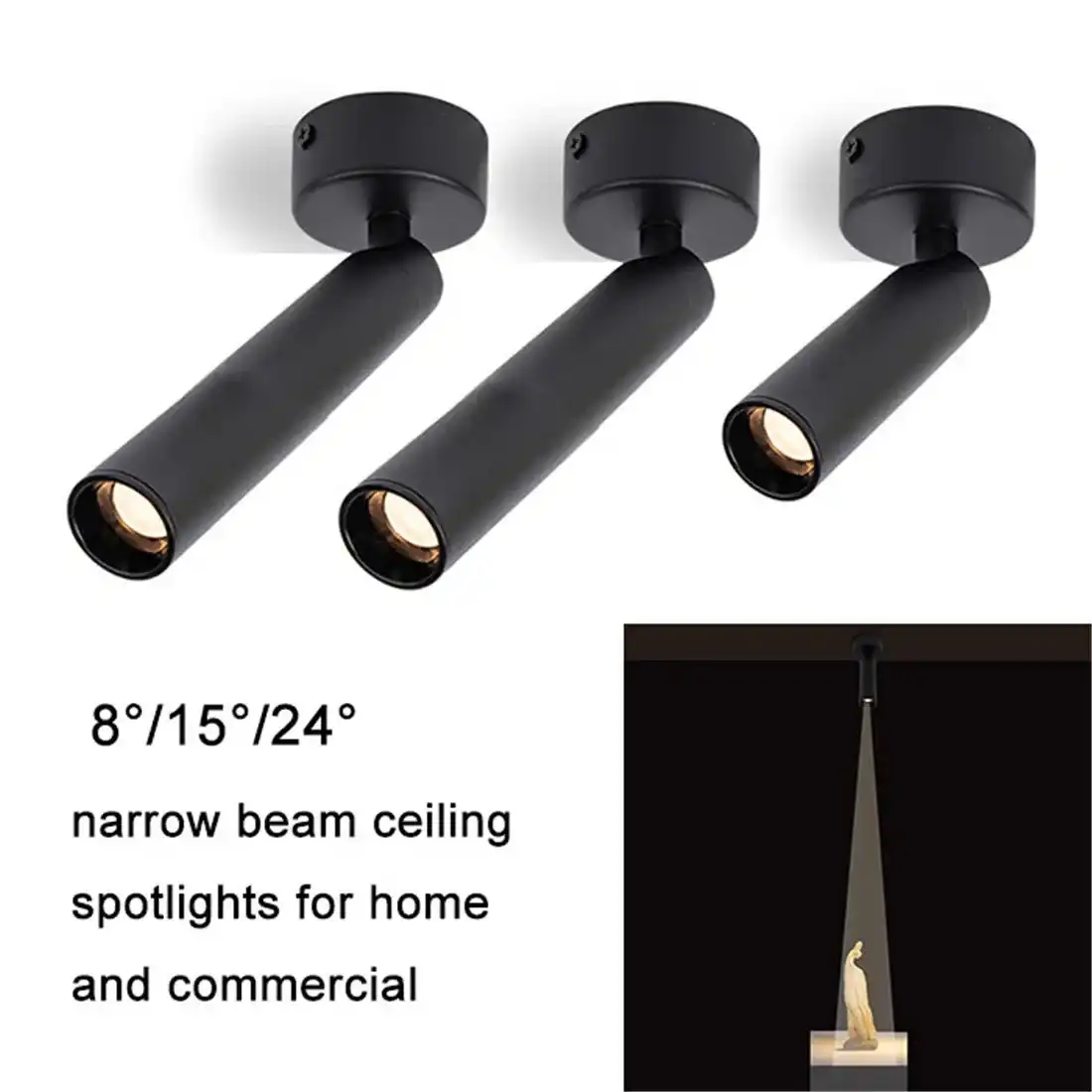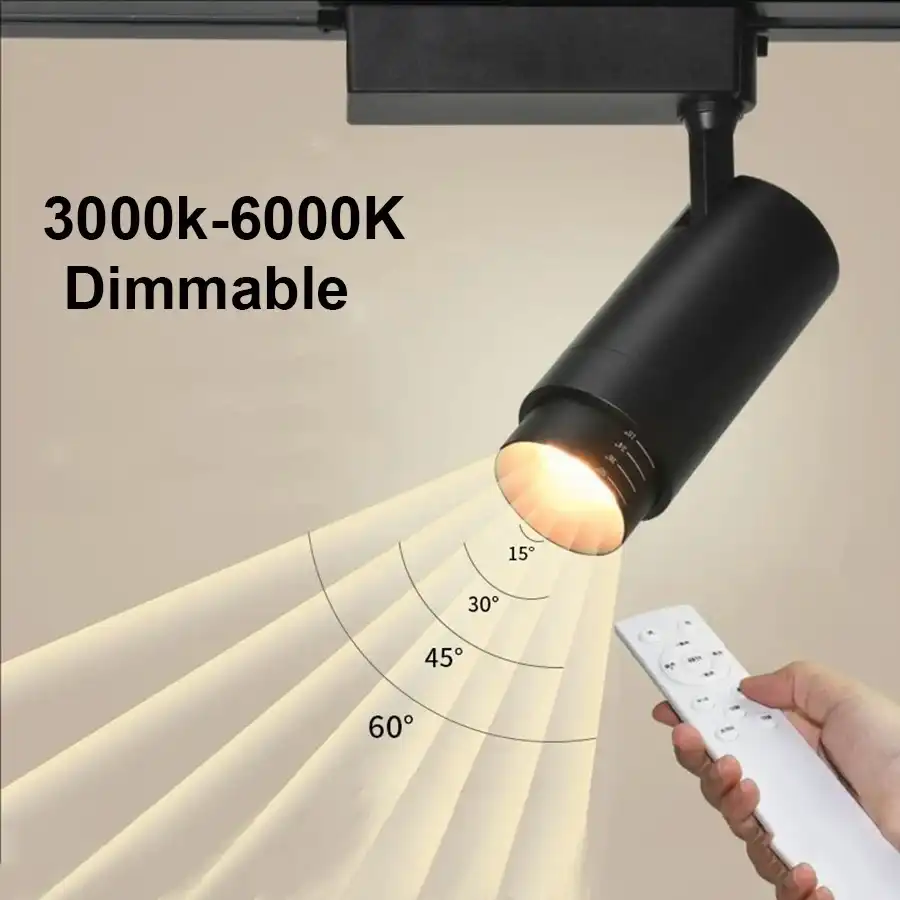Are LED Downlights Really Energy Efficient? Let's Find Out
LED downlights have revolutionized the lighting industry, promising vitality, productivity, and cost investment funds. But are they really as proficient as claimed? The reply is a resounding yes. LED downlights devour essentially less vitality compared to traditional lighting choices, regularly utilizing up to 85% less power. This remarkable effectiveness deciphers to lower vitality bills and a diminished carbon footprint. Moreover, LED downlights have a longer life expectancy, enduring up to 25 times longer than glowing bulbs, encouraging contributing to their energy-saving potential. As we delve more profound into the world of LED downlights, we'll uncover the science behind their effectiveness and investigate how they can change your lighting encounter.
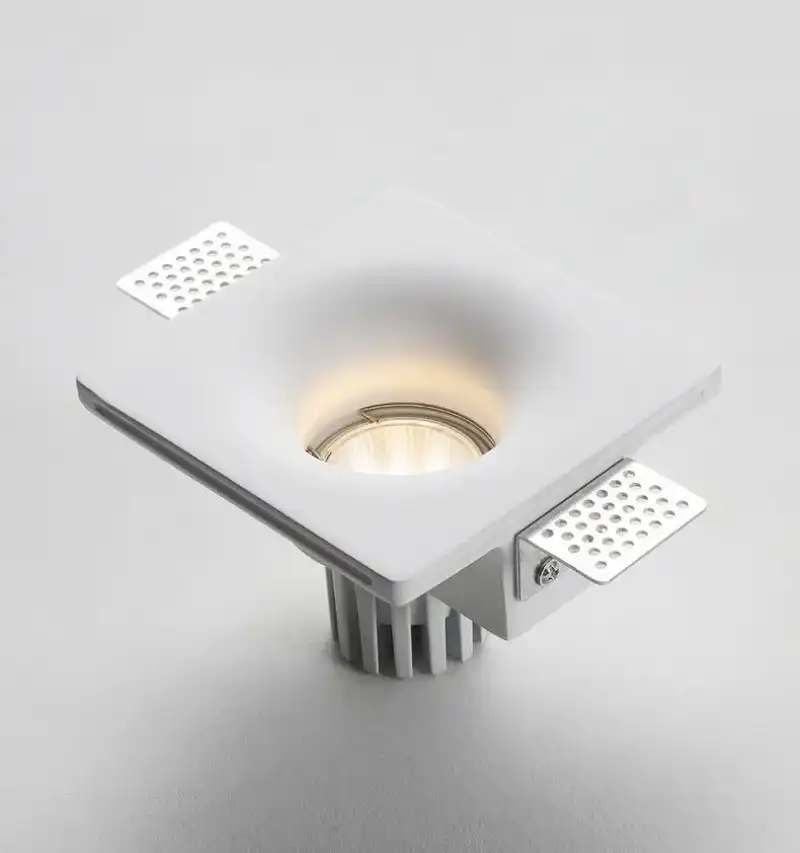
The Science Behind LED Downlight Efficiency
To truly appreciate the energy efficiency of LED downlights, it's crucial to understand the technology that powers them. Unlike traditional incandescent or fluorescent lights, LED (Light Emitting Diode) downlights operate on a completely different principle.
How LED Downlights Work?
LED downlights work through a process called electroluminescence. When an electric current passes through a semiconductor fabric, it radiates light. This coordinate change of power to light is fantastically productive, with negligible vitality misplaced as heat. In differentiation, radiant bulbs squander a noteworthy sum of vitality by creating warm nearby light.
The semiconductor utilized in LED downlights is ordinarily made from materials like gallium nitride or indium gallium nitride. These materials are chosen for their capacity to create light proficiently and in particular colors. The color of the light transmitted by an LED downlight can be fine-tuned by altering the composition of the semiconductor fabric.
Energy Conversion in LED Downlights
One of the key factors contributing to the vitality effectiveness of LED downlights is their predominant vitality transformation rate. Whereas glowing bulbs change over, as it were, approximately 10% of the vitality they expend into light (with the rest being misplaced as heat), LED downlights can change over up to 90% of their vitality input into light. This surprising effectiveness is due to the directional nature of LED light emanation and the nonattendance of a fiber that needs to be warmed to deliver light.
Moreover, LED downlights often incorporate additional features that enhance their efficiency. For instance, many models include heat sinks to dissipate the small amount of heat they do produce, ensuring optimal performance and longevity. Some advanced LED downlights also use reflectors or lenses to focus the light output, further improving their efficacy.
Comparing LED Downlights to Traditional Lighting Options
To fully grasp the energy efficiency of LED downlights, it's beneficial to compare them directly with traditional lighting options. This comparison not only highlights the advantages of LED technology but also provides a clear picture of the potential energy and cost savings.
LED vs. Incandescent Downlights
Incandescent bulbs, once the standard in domestic lighting, are presently being phased out in numerous nations due to their wastefulness. A commonplace 60-watt glowing bulb produces approximately 800 lumens of light. In differentiation, an LED downlight can deliver the same amount of light utilizing only 8-12 watts. This implies that LED downlights use approximately 80-85% less electricity than their radiant partners.
Moreover, the lifespan of LED downlights far exceeds that of incandescent bulbs. While an incandescent bulb might last for 1,000 to 2,000 hours, a high-quality LED downlight can last for 25,000 to 50,000 hours or more. This extended lifespan not only reduces replacement costs but also decreases the energy and resources required for manufacturing and disposing of light bulbs.
LED vs. CFL Downlights
Compact Fluorescent Lamps (CFLs) were once considered the energy-efficient alternative to incandescent bulbs. However, LED downlights have surpassed CFLs in terms of efficiency and performance. A CFL typically uses about 13-15 watts to produce 800 lumens of light, which is more efficient than incandescent bulbs but still less efficient than LEDs.
LED downlights also outperform CFLs in other areas. They reach full brightness instantly, unlike CFLs which may take a few minutes to warm up. Additionally, they don't contain mercury, making them safer and easier to dispose of compared to CFLs.
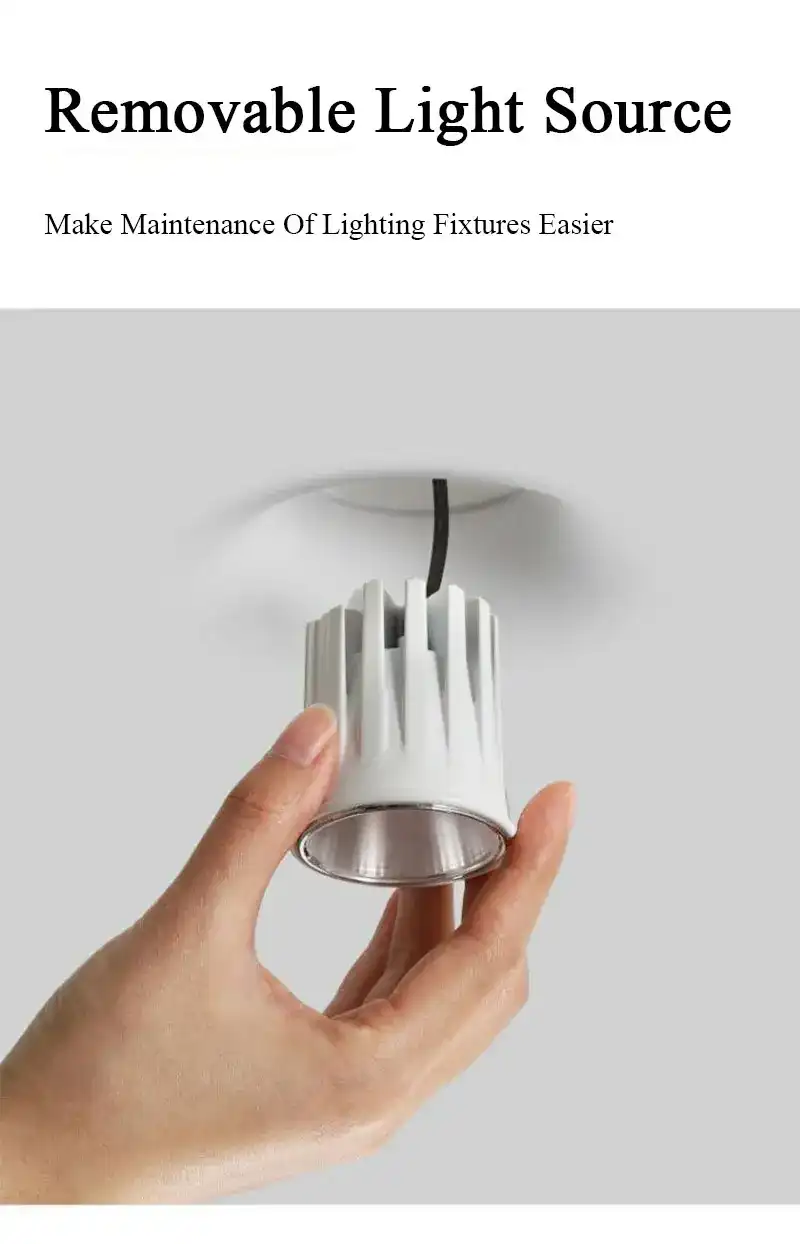
Real-World Benefits of LED Downlight Efficiency
The energy efficiency of LED downlights isn't just a theoretical concept; it translates into tangible benefits for users and the environment. Let's explore some of these practical advantages.
Cost Savings
One of the most immediate benefits of LED downlight efficiency is the reduction in energy bills. While the initial cost of LED downlights may be higher than traditional options, the long-term savings are substantial. A household that replaces all its incandescent bulbs with LED downlights can expect to see a significant decrease in their electricity costs.
For example, if a home has 20 60-watt incandescent bulbs that are used for an average of 5 hours per day, replacing them with 10-watt LED downlights could save around 365 kWh per year. At an average electricity rate of $0.13 per kWh, this translates to annual savings of about $47.45. Over the lifetime of the LED downlights, these savings can amount to hundreds or even thousands of dollars.
Environmental Impact
The energy efficiency of LED downlights also contributes to a reduced environmental footprint. By consuming less electricity, it helps decrease the demand for energy production, which in turn reduces greenhouse gas emissions. This is particularly significant in regions where electricity is primarily generated from fossil fuels.
Moreover, the longevity of LED downlights means fewer bulbs need to be manufactured, transported, and disposed of over time. This reduces the overall resource consumption and waste associated with lighting. The absence of hazardous materials like mercury in LED downlights also makes them more environmentally friendly compared to options like CFLs.
Improved Lighting Quality
While not directly related to energy efficiency, it's worth noting that LED downlights often provide superior lighting quality compared to traditional options. They offer better color rendering, allowing objects to appear more natural and vibrant. Many downlights also offer color temperature options, allowing users to choose between warm and cool light tones to suit their preferences and needs.
The directional nature of LED light emission also makes LED downlights particularly effective for task lighting or accent lighting. This focused light output can contribute to overall energy efficiency by reducing the number of fixtures needed to adequately illuminate a space.
Conclusion
In conclusion, LED downlights are indeed remarkably energy efficient. They consume significantly less power than traditional lighting options while providing superior illumination and longevity. The science behind LED technology, combined with ongoing improvements in manufacturing and design, has resulted in lighting solutions that are not only cost-effective but also environmentally friendly.
As we continue to seek ways to reduce our energy consumption and environmental impact, LED downlights stand out as a shining example of how technological innovation can lead to practical, everyday solutions. For more information about energy-efficient LED lighting solutions, including high-quality LED downlights, please don't hesitate to contact us at sales@uskyled.com.
References
1. Smith, J. (2022). "The Evolution of LED Lighting: From Indicator Lights to Energy-Efficient Illumination". Journal of Lighting Technology, 45(3), 178-195.
2. Johnson, A. & Brown, L. (2023). "Comparative Analysis of Energy Efficiency in Modern Lighting Technologies". Energy and Buildings, 287, 112-128.
3. Green, M. et al. (2021). "Environmental Impact Assessment of Various Lighting Technologies". Sustainability Science, 16(4), 789-805.
4. Lee, S. & Park, H. (2022). "Cost-Benefit Analysis of Switching to LED Lighting in Residential and Commercial Settings". Energy Policy, 164, 112891.
5. Wilson, R. (2023). "Advancements in LED Downlight Technology: Improving Efficiency and Performance". IEEE Transactions on Consumer Electronics, 69(2), 245-257.

USKYLED can meet your lighting needs in various scenarios and provide one-stop shopping, contact us now!
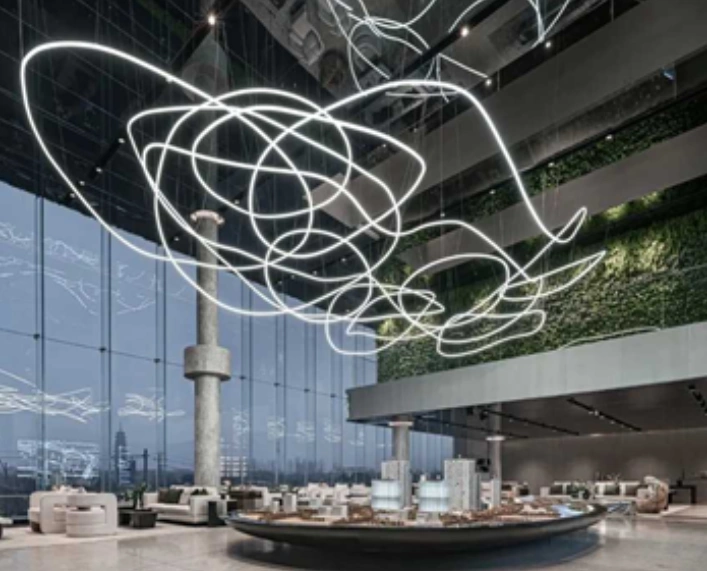
Why You Should Choose USKYLED?
![What is Dimmable Track Lighting for Museum: Best Guide [2025]](/icms/upload/0d08cc601e7611f0b542b3ca0c0f4a83/pic/knowledgemanager-knowledgepic/e7879f32605f11f081911f363b8c1ed0/Directory/20250717 dimmable track lighting -1(1)_1752739217941.webp)
